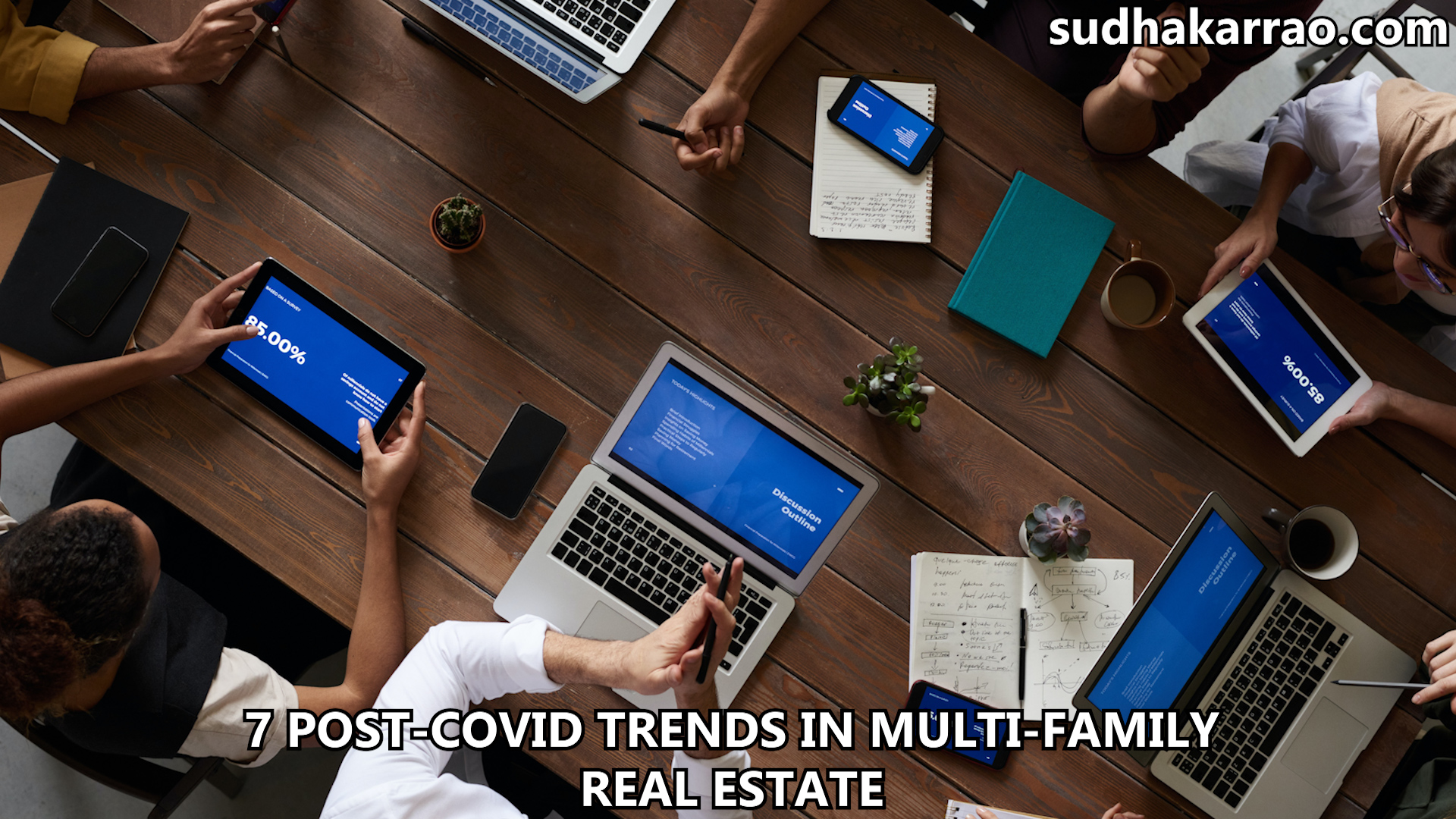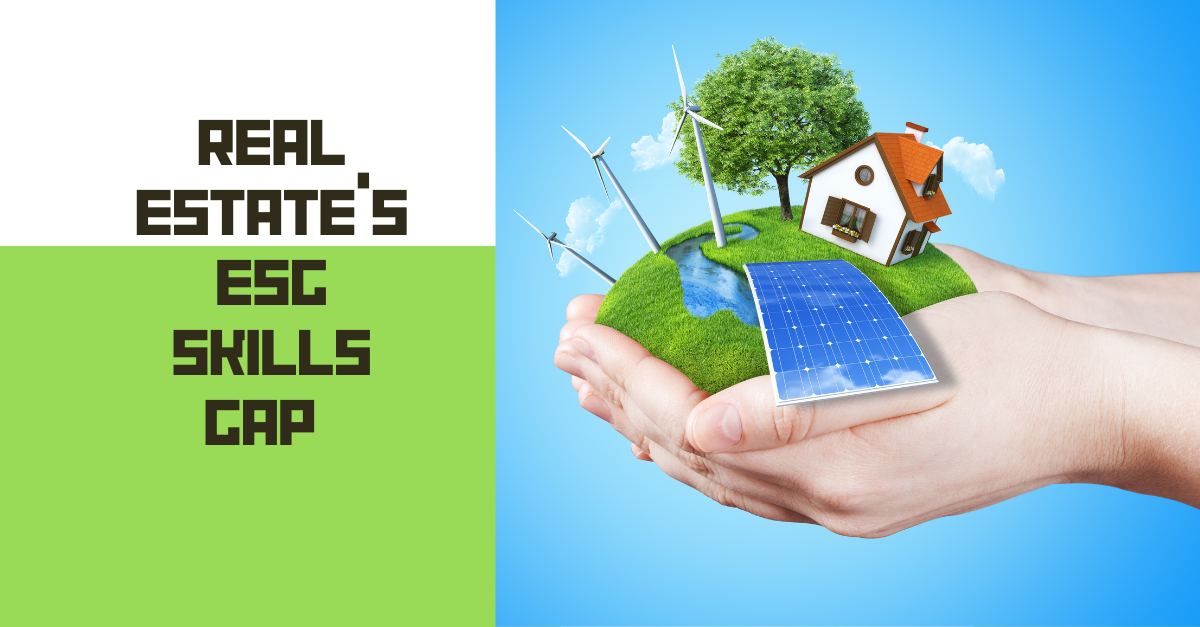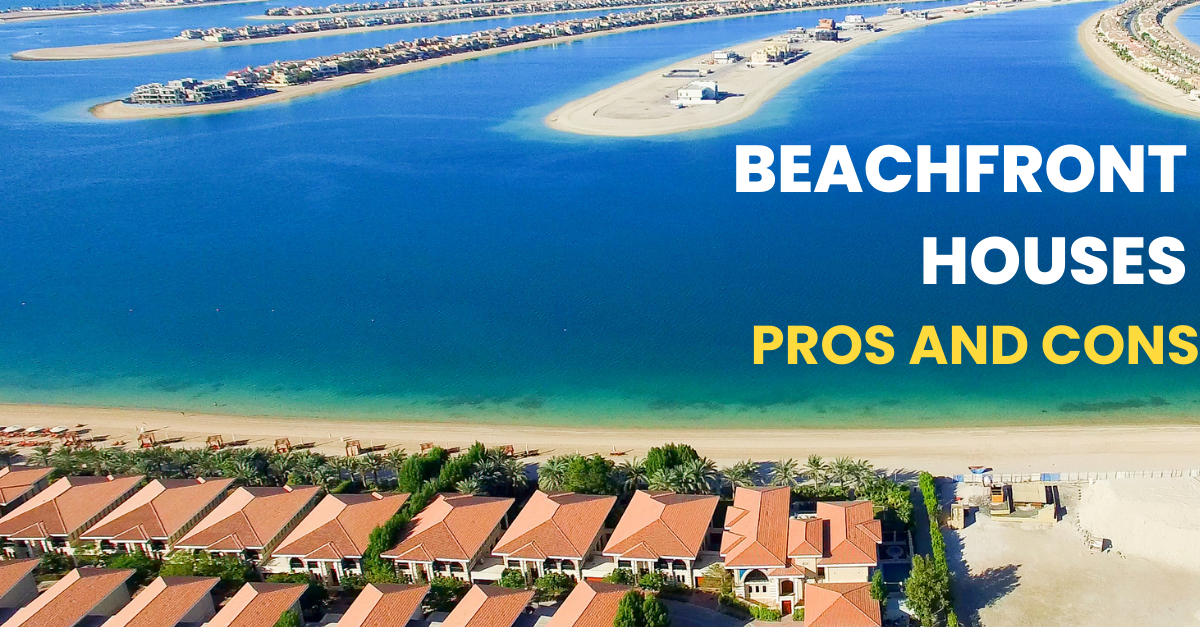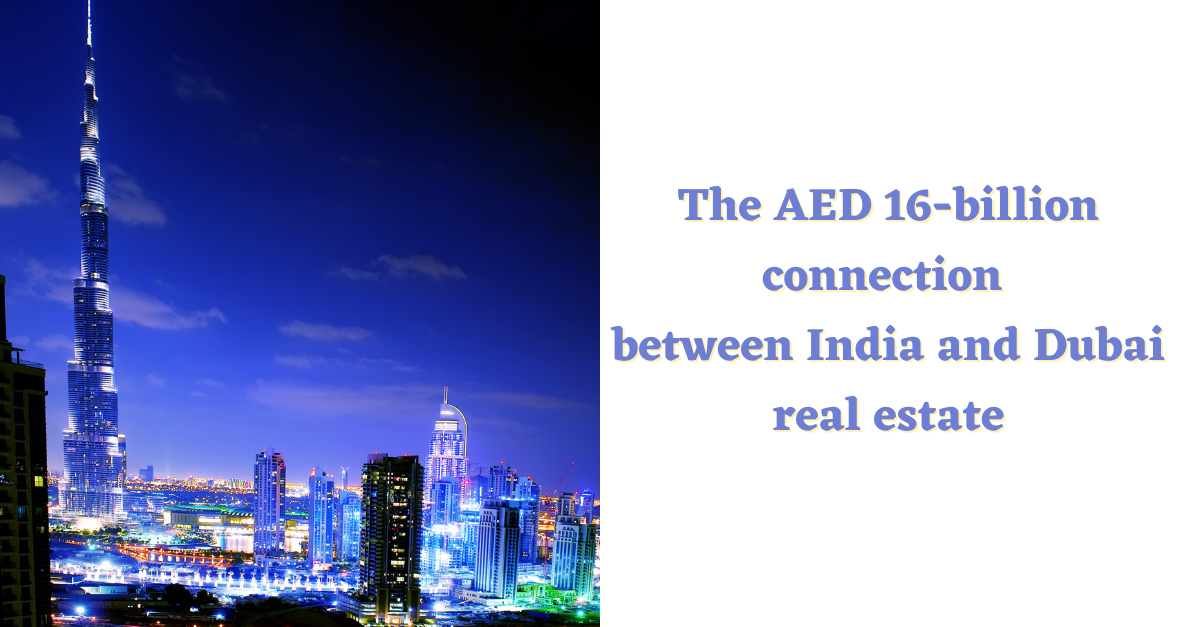7 post-COVID trends in multi-family real estate
The growth of multi-family housing has been meteoric in the 21st century. The population explosion, and rapid urbanization, have been the primary drivers behind this surge in close-knit, multi-family facilities. As urban centers got costlier, and more crowded, the need for affordable housing has made such facilities the most viable option for residents, and hence more profitable for developers and owners.
In the UAE, DLD and RERA have helmed many initiatives in recent years, aimed at increasing transparency and accountability in multi-family facilities. Owners’ Association (OA) registration, security of escrow accounts, and appointment of facility managers, etc. have been standardized and regulated.
However, before such policies could generate long-term transformation, the COVID-19 outbreak changed real estate dynamics, in favor of single-family homes. At the same time, OAs in most multi-family facilities are successfully navigating the pandemic, using their discretionary powers to devise community-level strategies.
Nevertheless, post-COVID multi-family real estate is radically different from its pre-pandemic state of affairs. And here are seven trends to watch out for:
The spillover effects
While the post-pandemic new normal is in sight, the spillover effects of the crisis are far from over. In many countries, rent moratoriums, anti-eviction laws, and pandemic guidelines for multi-family facilities are still in effect. These will have a direct bearing on rental agreements. In some cases, there have been delays in project handovers, along with associated legal ramifications. In addition, many residents and OAs have reported conflicting views on mobility and door-delivery restrictions.
Technology adoption
The pandemic accelerated tech adoption in the industry, especially the multi-family segment. A popular online marketplace witnessed(1) virtual tours skyrocket by more than 750%, with many converted to sales, in a stark departure from conventional home-buying practices. Multi-family facilities also accounted for high uptake of building automation technologies, and OAs have leveraged digital tools to enhance internal communications and community-level decision making.
The redesign
Developers are now accommodating a home office in floor plans, along with changes that suit multi-generational living. With remote working likely to become the norm, these trends are expected to continue in the post-COVID world. Developers are also emphasizing better noise control and acoustics, to provide work-friendly spaces. Hybrid developments, where a dedicated office space is built within the residential facility for community use, are on the rise.
Function, not location
Contrary to the age-old real estate dictum, “location, location, location”, many homebuyers are moving to the suburbs, with remote working allowing the transition. But since single-family homes are not as affordable, movers are opting for multi-family facilities that have fewer homes per block, and include value-centric services.
Sustained demand
Although the pandemic has invigorated customer preference for single-family homes, multi-family housing retains a crucial advantage: Affordability. In the Dubai rental market(2) apartment rents were down 18.4% in Q1 2021, while villa rents were up 3.9%. But rents are bottoming out, following successful pandemic management – especially since price disparity between single-family and multi-family homes is still wide. And with continued economic downturn and job uncertainties, multi-family housing will enjoy sustained demand for the foreseeable future.
Diversity and inclusion
Following widespread social movements to address systemic inequality, many administrations and OAs are making concrete efforts to reflect multiculturalism in their demographics. Top-down initiatives include having proportional representation in OAs, from all age groups, ethnicities, and genders, and celebrating all cultural and religious events. Diversity and inclusion are expected to become de facto, in multi-family facilities.
Sustainability
Sustainable and eco-centric housing were limited to individual, micro-level efforts, in the past. However, over the past year, there is a consensus emerging among residents, with the majority now warming up to community-level interventions like rainwater harvesting, plastic control, waste segregation, etc. Many are advocating for circularity, biophilic designs, greenery, and sustainable water management, due to renewed focus on health and wellness. This trend has made sustainability a value proposition in multi-family housing.




